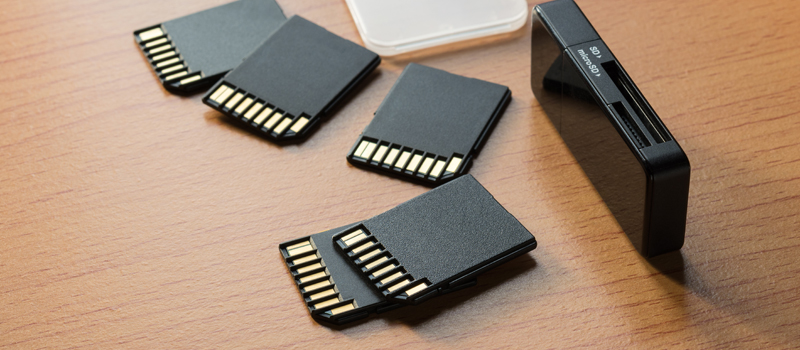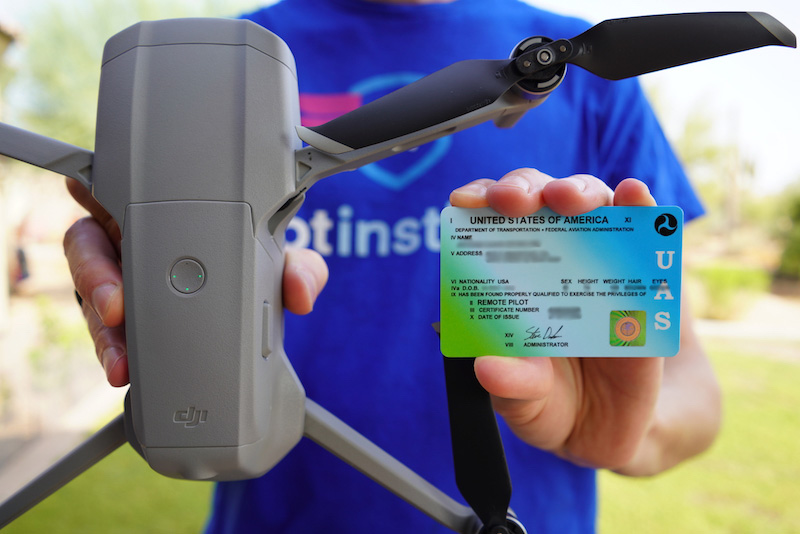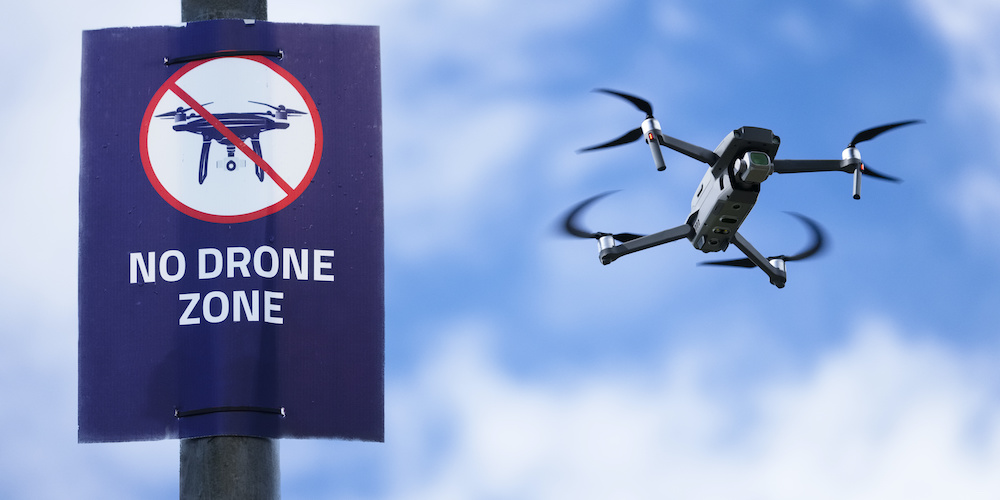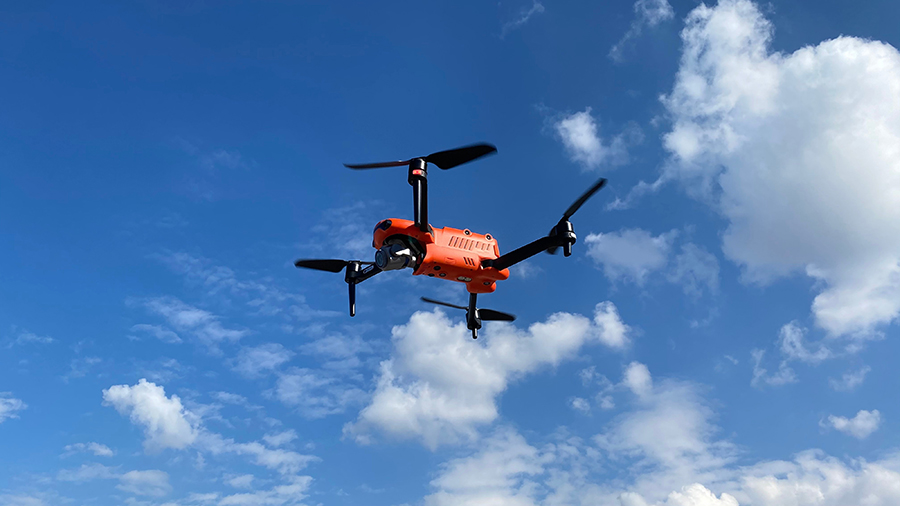-
Factors to consider when buying microSD card for drones
- Speed rating
- Capacity
- Durability
-
Top 5 best microSD cards for drones
- 1. SanDisk Extreme 32GB microSDHC V30/U3
- 2. Samsung EVO 64GB microSDXC U3
- 3. Delkin Devices 64GB Prime microSDXC UHS-II / V60
- 4. Lexar Professional 667X 64GB microSDXC U3
- 5. Gigastone 5-Pack 32 GB microSD Card U3
-
Final thoughts
Buying a microSD card for your drone, if it does not have internal memory, is easy. Buying the RIGHT one, on the other hand, is an entirely different matter. As a drone pilot, you will want your microSD card to be as reliable as possible. Anything less than 100% reliability can mean aerial photos and videos going to waste.
Getting the proper microSD card for your drone is a matter of compatibility. How many photos and videos at a specific resolution can the card store? Can it support the maximum bitrate of the camera? Is it sufficiently shockproof and weatherproof?
The discussion on microSD cards can get more technical than you would expect, but don’t worry – we will try to make the choice as simple as possible for you.
Factors to consider when buying microSD card for drones
Almost every one of us has bought or used a microSD card before. We usually don’t need to be particularly picky in the specs of these microSD cards, especially if we’re just using them for our phones or handheld gaming consoles. However, drones can require a higher level of performance. Before buying a microSD card for your drone, you may want to look at these factors:
Speed rating
The speed ratings of microSD cards vary widely and are divided into several different classes. For drones, we advise steering clear of anything lower than a Class 10 speed rating. Class 10 implies a minimum write speed of 10 MB/s.
Better yet, you can go for a microSD card with a UHS (ultra-high speed) rating. These are prefixed by the letter U. A U-1 or UHS-1 microSD card supports a write speed of 10 MB/s. Correspondingly, you can also get a U-3 microSD card that can go write at least at a rate of 30 MB/s.
The type of drone you are using can provide context for which speed rating you should get. Each drone has maximum bitrate specification which determines how quickly it can write data from the camera. Take note that this is the maximum value – lower bitrates are possible if you do not record videos at maximum resolution and framerate.
For instance, many modern drones support maximum bitrates of 100 Mbps. Converting this to bytes, this corresponds to just below 12 MB/s. If your SD card only supports write speeds of up to 10 MB/s, you will end up with stuttering videos.
To play it safe, we advise getting an SD card with at least a UHS-3 rating. These are quite expensive, though, so you may still want to check if your drone demands such a high write speed. A good example of a drone that will do just fine with a UHS-1 microSD card is the original Mavic Mini that has a maximum bitrate of only 40 Mbps.
Newer drones are a bit more demanding when it comes to SD card write speeds. For instance, the Mavic Air 2 has a maximum bitrate of 120 Mbps and the Air 2S has a maximum bitrate of 150 Mbps. With these kinds of write speeds, you’re better off getting a microSD card with a V (Video Speed Class) rating. A V30 or V60 microSD card will suffice, but these will be very expensive.
Capacity
If you’re recording 4K videos all the time, then capacity is something you also need to consider. You would be surprised at how quickly a microSD card can be filled. According to calculations, a 32GB microSD card can fit only about 45 minutes of 4K videos recorded at 100 Mbps bitrate.
For this reason, we suggest getting a card at the SDXC class with a capacity of at least 32 GB. We typically recommend at least 64 GB for the extra allowance.
Keep in mind that it is not wise to rely only on a single microSD card, regardless of its capacity. You will want to be constantly swapping out microSD cards so that you can back up previous footage and not accidentally overwrite them. For this reason, we also do not advise using microSD cards larger than 64 GB. Having limited storage space forces the good practice of constant backup of data.
Durability
Not all microSD cards are built equally when it comes to durability and robustness. Considering the kind of abuse that drones go through, you will want to get a microSD card that is designed to be at least shockproof and waterproof. If you do a lot of traveling with your gear, you might also want the microSD cards to be resistant against X-rays, magnetic fields, and extreme temperatures.
Some of you may be surprised at the level of thought that needs to go into buying microSD cards. The thing about modern drones is that they can be very demanding. You just have to make sure that your microSD cards can keep up with the fancy camera of your drone.
Top 5 best microSD cards for drones
1. SanDisk Extreme 32GB microSDHC V30/U3
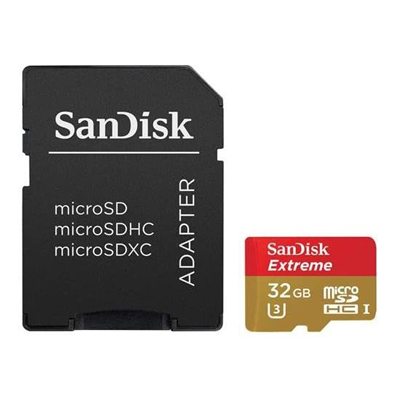
The SanDisk Extreme is a favorite line of microSD cards not just for drones but also for action cams, dash cams, and security cams. What makes SanDisk Extreme unique is that it is built for the most rugged situations. With enough robustness for extreme conditions, SanDisk Extreme ticks all the boxes for all-around reliability.
This 32GB version supports write speeds of up to 60 MB/s and read speeds of up to 90 MB/s. This should be enough even for a drone that can record data at 150 Mbps bitrate. There are also versions of SanDisk Extreme with storage capacities of 64 GB and 128 GB.
Should you choose to get the 32 GB version, you will probably need to get three or four extra microSD cards. This can get expensive – the SanDisk Extreme line has a higher cost per GB compared to other brands.
2. Samsung EVO 64GB microSDXC U3
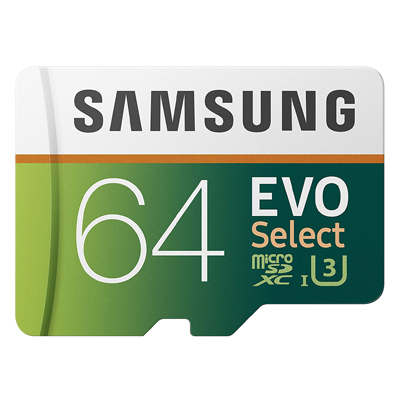
The Samsung EVO line is another strong contender for the best microSD card for drones. Like SanDisk Extreme, the Samsung EVO line is made for extreme conditions. This should help preserve the integrity of your data even when you fly your drone in extreme temperature or perhaps even if it crashes.
With a U3 speed rating, the Samsung EVO supports read speeds of up to 100 MB/s and write speeds of up to 60 MB/s. This should be enough even for the most advanced drones being sold today.
On a per GB basis, the Samsung EVO is slightly cheaper than the SanDisk Extreme. With that in mind, splurging for one or two 64 GB cards sounds like a viable option.
3. Delkin Devices 64GB Prime microSDXC UHS-II / V60
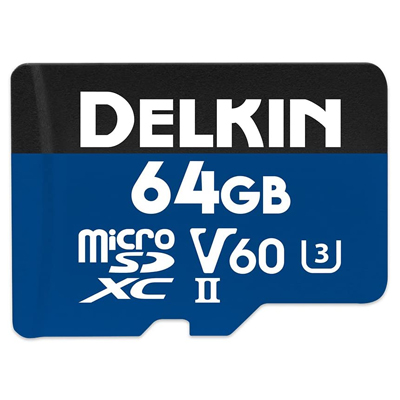
If you’re going for pure performance, then you might consider getting this 64GB microSD card from Delkin Devices. Its distinguishing characteristic is that it has a speed rating of V60, supporting write speeds of up to 100 MB/s and read speeds of up to 300 MB/s.
Given the higher speed rating, this microSD card is certainly quite pricey. However, it might just be a worthwhile investment if you plan to future-proof your gear. Soon enough, drones that can record at 8K resolution will also become common. When that happens, a V30 card might not cut it anymore.
4. Lexar Professional 667X 64GB microSDXC U3
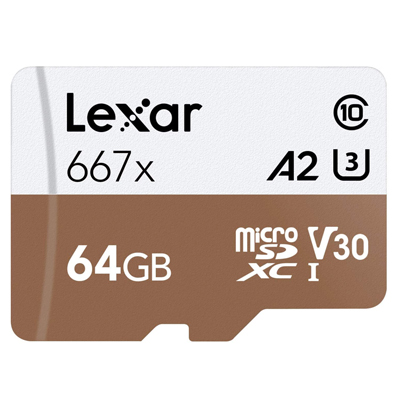
Lexar, despite not being a big brand like Samsung and SanDisk, is actually quite well-known in the field of photography. The Professional 667X microSD card has been described as suitable for both drones and action cams, so we can assume that it has been designed to survive through challenging conditions.
Just like most other entries on this list, the Professional 667X has a speed rating of U3 or V30. This is more than enough to capture professional-grade videos at 4K resolution. Compared to the more popular brands, Lexar is quite inexpensive. This is a great cost-efficient option if you want to buy several microSD cards on a tight budget.
5. Gigastone 5-Pack 32 GB microSD Card U3
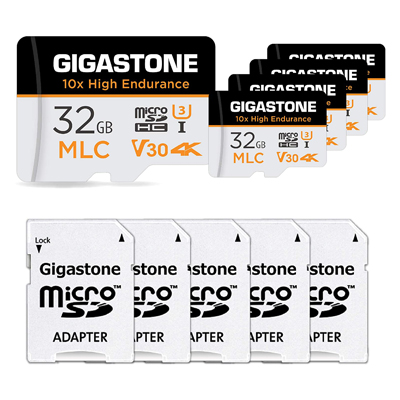
If you have a really small budget, then we suggest looking into Gigastone. A fairly new brand, this 5-pack of 32 GB microSD cards has received some positive feedback despite being extremely inexpensive.
With the U3 rating, the Gigastone microSD card supports write speeds of up to 60 MB/s, which is enough for most high-quality camera drones. The brand also describes the microSD card as shock-proof, X-ray-proof, and temperature-proof. This should help allay any concerns about using the microSD card for demanding applications, including drone flight.
Just be warned that the adage “you get what you pay for” will certainly apply here. The price for this 5-pack of microSD cards is practically unbeatable, and you just have to know that there’s a catch somewhere. Manage your expectations, back up your data frequently, and don’t expect these microSD cards to last for several years.
Final thoughts
If you value the photos and videos you shoot while flying your drone, then you certainly need to carefully consider which microSD cards you are using. Regardless of which one you get, do not rely on microSD cards for the long-term storage of your data. Keeping a healthy rotation of extra microSD cards is always a good practice for drone pilots.
